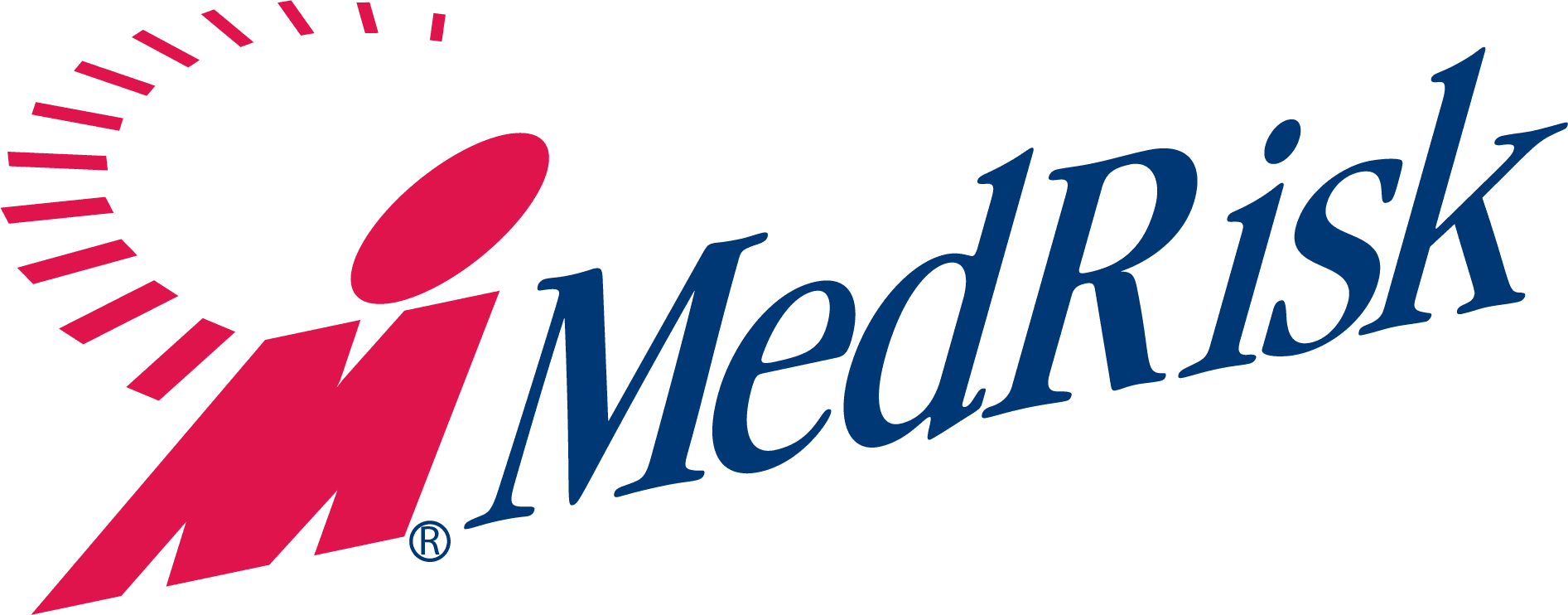
Aug 15, 2025 | Insights
With industry challenges like healthcare consolidation, rising costs, and an explosion of available data, casualty claims must rapidly evolve. MedRisk leverages a combination of human touch and AI-powered data analytics to deliver three core solutions that transform outcomes in today’s challenging environment.
Faster Recovery
Get injured workers back to productivity sooner through early intervention and streamlined care access. Solutions such as our nurse triage and Provider SmartMatch help reduce treatment delays, delivering measurable improvements in recovery timelines.
Smarter Spending
Control escalating medical costs and maintain payment integrity through rigorous bill review services and treatment reviews. Every dollar is validated and audited to eliminate waste and overutilization.
Frictionless Payments
Modernize payments and transactions with automated, digital-first platforms. Everyone involved gets paid quickly and accurately while reducing administrative overhead and manual errors.
Ready for what’s next. These three solutions work together to tackle today’s pressures while positioning your organization for future challenges in casualty claims.

Aug 13, 2025 | Company News
Headed to WCI in Orlando? Don’t miss your chance to connect with MedRisk at Booth 907!
Stop by for a gift to help you keep cool, and stick around to meet the team driving Smarter Spending, Faster Recovery, and Frictionless Payments in casualty claims.
We’re tackling rising medical costs with a data-driven, AI-powered approach that supports patients, reduces administrative headaches, and delivers sustainable results.
Whether you’re curious about physical medicine management or bill review services, we’ve got something worth talking about.
We’ll see you there at Booth 907!

Aug 13, 2025 | Insights
Chocolate and peanut butter. Oil and vinegar. Salt on caramel. Pineapple on pizza. At first, they seemed like strange combinations. But over time, they proved to be unexpected success.
But managed physical therapy and bill review?
In today’s workers’ compensation landscape, inflation, consolidation, and evolving billing practices are driving up duration of recovery and medical costs. The industry faces unprecedented challenges, but at MedRisk, we’re meeting them head-on with one clear goal: helping people recover and reach maximum medical improvement (MMI) faster, all while controlling costs.
How are we doing it?
- Decades of industry expertise to navigate the growing complexity.
- $50 million invested annually in cutting-edge technology.
- And yes, AI, because smarter tools lead to better results.
Through our integration of Medata and StrataCare, we’ve built a deeply connected organization that delivers real, tangible solutions:
- Care Direction: Guiding patients on the most effective recovery paths.
- Care Engagement: Keeping patients on track and progressing toward recovery.
- Payment Integrity: Reducing waste and improving accuracy.
- Network & Negotiations: Maximizing savings through an optimized network solution.
- Payment Solutions: Simplifying workflows at scale for greater efficiency.
By combining expertise and innovation, we’re solving the industry’s toughest challenges and setting a new standard for both recovery and cost management.
Jul 18, 2025 | Insights, Miscellaneous, Provider Updates
Jul 18, 2025 | Insights, Miscellaneous, Provider Updates







